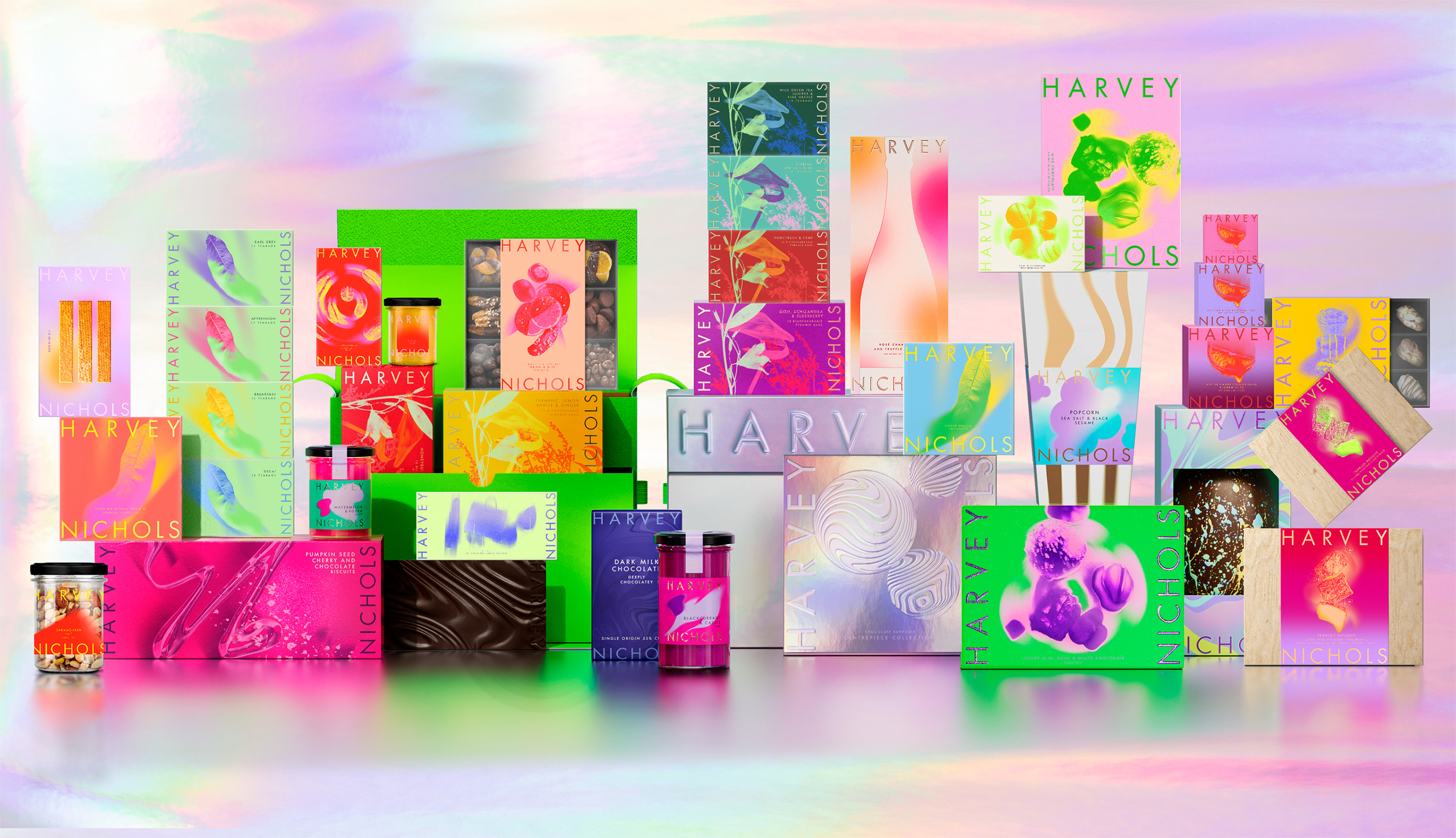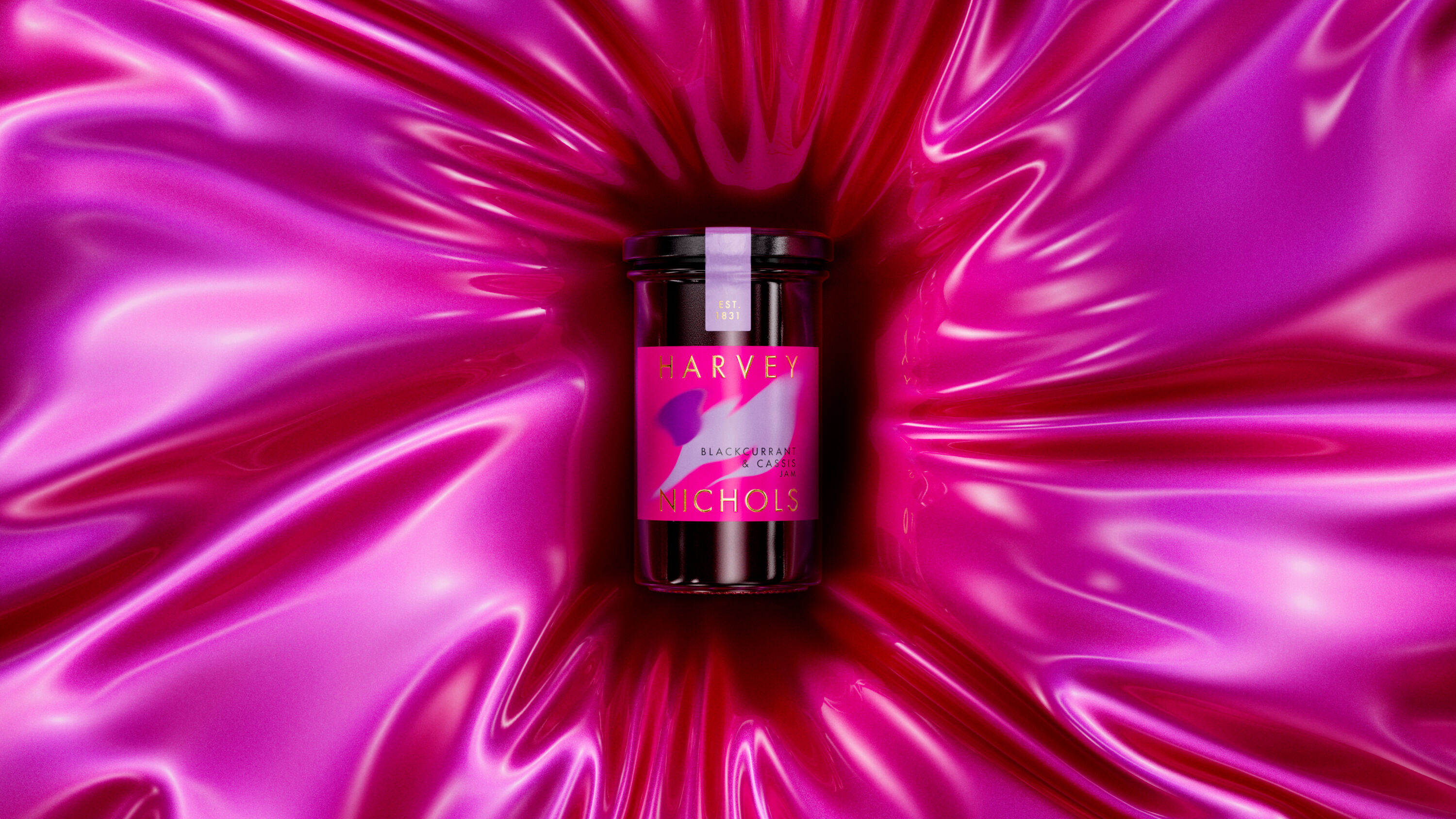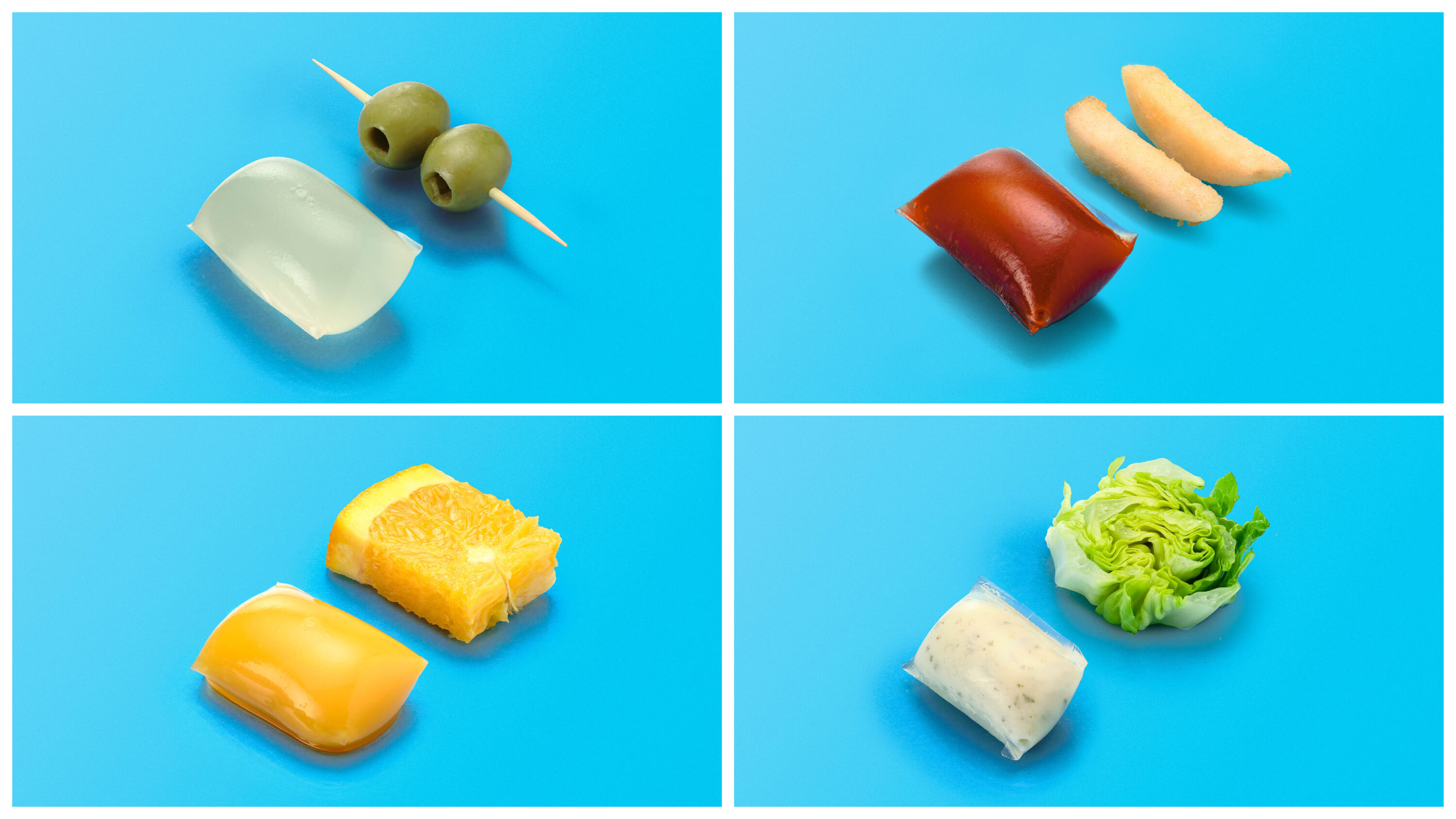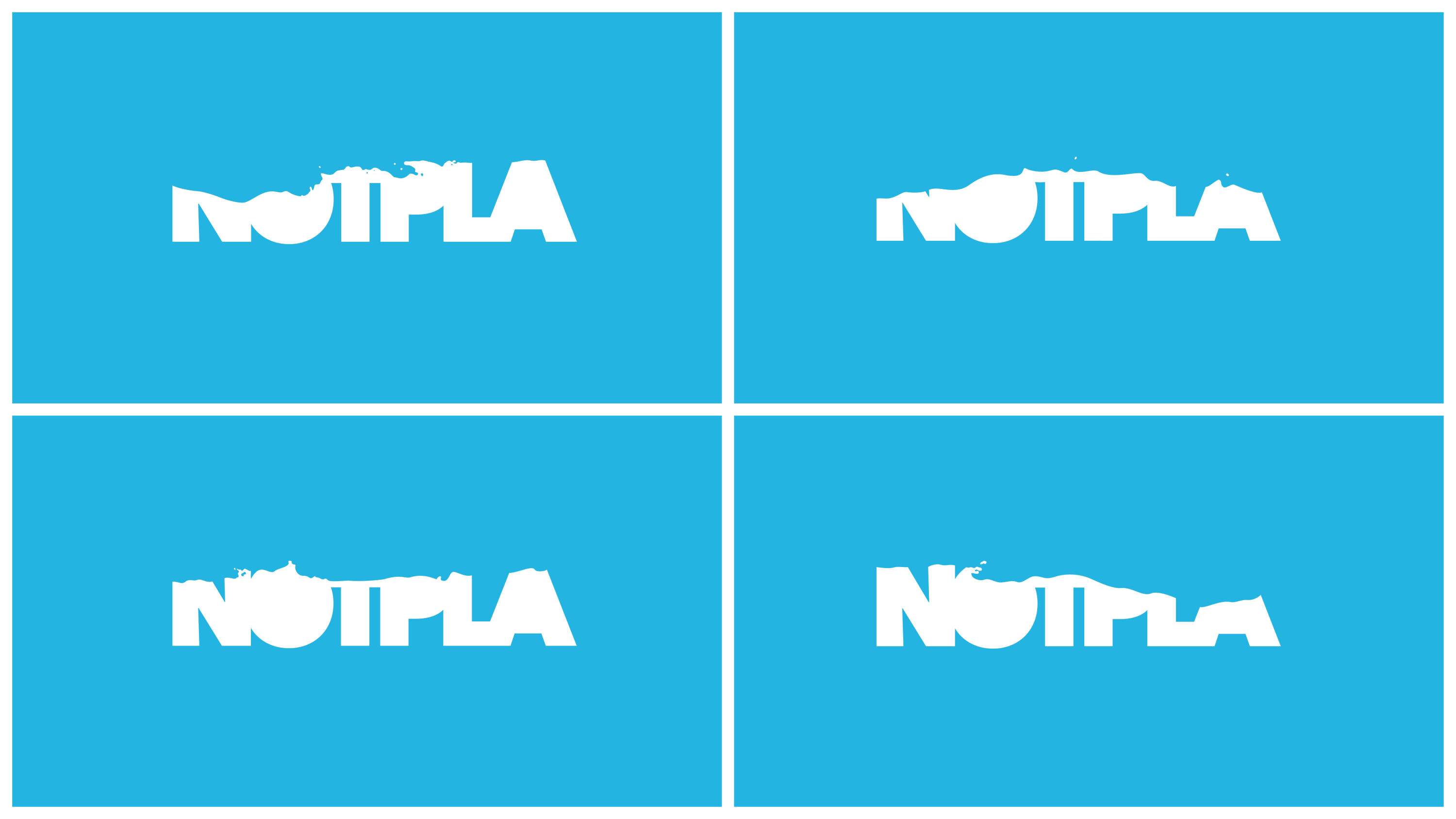
There are plenty of challenges in the world of art and design at the moment. The advent of AI in the world of branding is causing issues for some, and the sheer amount of platforms designers need to create for has grown hugely in the past few years.
We recently caught up with Emma Follett, chief creative officer at Design Bridge and Partners, who were one of the winning agencies at this year's Brand Impact Awards. Our conversation ranged from how to create impactful branding to when to use photography vs illustration – we'll be publishing more from it over the next few weeks. Here, though, we talked about the challenges branding is facing at the moment.
Standing out
"One of the challenges that brands face is being visible and standing out in super-busy, complex markets," says Emma. "Whatever area that you're in, you need to stand for something and stand out. People need to see you but they also need to understand you. But now you've got to do it across so many channels, in so many different ways – motion, sonic branding, verbal – we really have to create very strong brand design systems that work across every single one of those channels."

This means that designers need to be cautious, says Emma. "You've got to really think about how you're going to tell their story in the right way. What is it you want to communicate that's going to connect with people? Because ultimately all of this is about connecting with consumers, making more of an emotional connection versus more of a transaction.
"That's probably one of the biggest challenges – making sure that there's consistency but also the right type of communication at the right moment in time as well in order to properly connect with consumers."
Sustainable branding

Are there any specific challenges when it comes to sustainable branding? "I think it comes back to the issue that they're facing," says Emma, and gives the example of Notpla, which was created by Superunion before they merged with Design Bridge (to make Design Bridge and Partners).
"Notpla was so successful because it raised their profile and got them so much funding and the identity very simply expressed what the product did. There was no waste, the membrane around the liquid dissolved, all of those things that are important to Notpla. So in a way, all we were doing was amplifying their story, just telling their story in a really unique way that people then understood and understood what they were there for, and expressing that in a way that helped them then achieve those goals bit by bit…
"I guess that's all we can do – understand what the challenge is, or the issue is that that they have to solve, what's the issue as a brand, whether that's about sustainability or anything else, and then help them to get to a point where we say, ‘this is how we'll solve it’."

Designing for Gen Z
One issue that some are finding hard is designing for a younger audience. I asked Emma if she thinks that designers need to tailor their work to Gen Z, and if so, how she thinks they can do so without alienating older consumers.
"I think it comes back again to the issue for the brand. Who is their audience? If your audience's Gen Z, then you've got to understand how they think, what motivates them, and look at why – whether it's a product or whether it's the brand – why that’s relevant for them? How would it resonate with them? Because what we hear about Gen Z is how purpose might be important for them, for example.

"If you are targeting Gen Z, then you do need to design for them. We often get briefs which are a little bit more open, where we don't want to alienate all our existing consumers but we also want to target a younger generation." Emma notes that targeting younger consumers often makes financial sense, because if you just stick with an older generation, at some point they won't be around to buy your products. "You want to bring in the fresh people that will also love your brand and be a bit more loyal to your brand over the years. So I guess you've got to find a sort of a natural balance between the two," she explains.
"I think if you're super focused on Gen Z, then of course, you will alienate more older generations. But you’ve just got to understand what motivates both of those audiences and that comes back again to the emotional connection: how are you going to motivate those people to buy or to want to be associated with you in some way as a brand?"
How do you do that? "It's getting into the mindset – understanding the things that are triggers for them, maybe that your brand might solve for them, and how, in some ways, the more authentic you are as a brand for your audience, then the more likely they are to naturally gravitate toward you, as opposed to trying to be something that you're not."
Find out more about Design Bridge and Partners.







